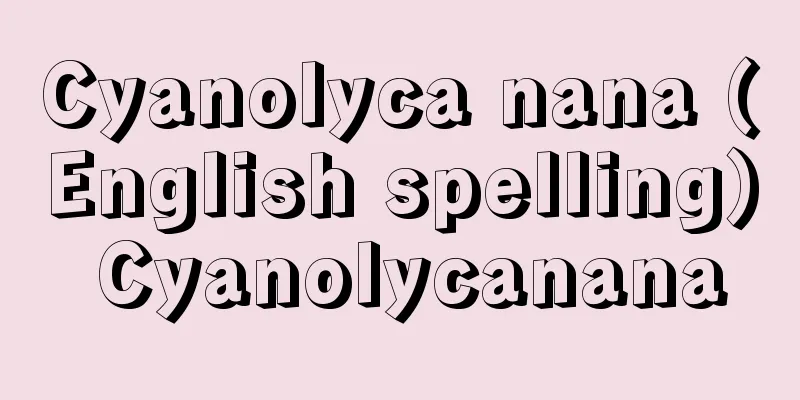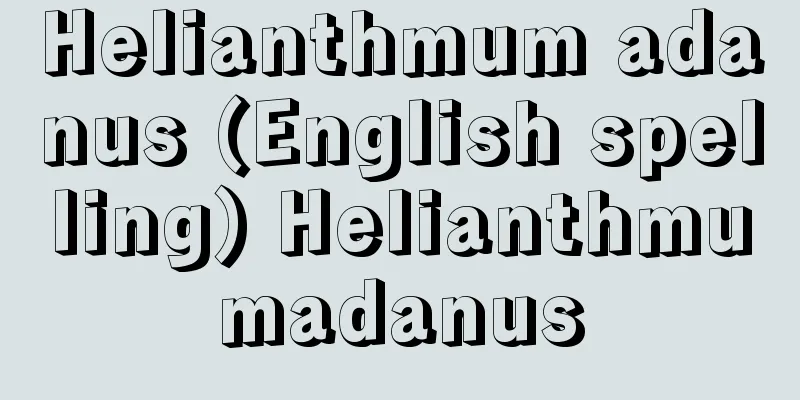Onitsura

|
A haiku poet from the mid-Edo period. He was born on April 4, 1612, in Itami-go, Kawabe-gun, Setsu Province (Itami City) as the third son of Uejima Muneharu, a member of the Aburaya family, the brewers of the sake Sanmonji. His name was Munechika, and he was commonly known as Yosobei. His haiku name Oninuki was given to him based on the haiku poet Tsurayuki, as opposed to the waka poet Tsurayuki. He also went by the names Tenya, Jishoan, Rarari, Inukoji, Barakudo, and Kinkaou. His posthumous name was Sokuou. At the age of 13, he entered the school of Teimon Shigeyori, but by the age of 16, he had already taken an interest in haiku in the style of Soin. Soin was the first to highly evaluate Onitsuki's talent. In 1685 (Jokyo 2), at the age of 25, he is said to have realized that "there is no haiku other than truth." His theory of truth is explained in detail in the haiku treatise "Hitorigoto" (published in 1718). The perfection of truth as a haiku work was achieved in 1790 (Genroku 3), when Onitsuki was 30, in "Taigomono Gurui." Other works he wrote include the haiku travelogue "Inu Koji" and the collection of haiku poems "Satoenanakuruma." Although the ideological background is Zen, the characteristic of Oninuki haiku is that it is expressed in "words of the common place." He passed away on August 2, 1623, at the age of 78. [Ichiro Fukumoto] The autumn sky above Mount Fuji "Okada Toshibei, editor, "The Complete Works of Onitsuki, Third Edition," 1 volume (1978, Kadokawa Shoten)" ▽ "Sakurai Takejiro, "The Itami Haiku Poet Kamijima Onitsuki" (1983, Shintensha)" [Reference] |Source: Shogakukan Encyclopedia Nipponica About Encyclopedia Nipponica Information | Legend |
|
江戸中期の俳人。万治(まんじ)4年4月4日、清酒「三文字(さんもんじ)」の醸造元「油屋(あぶらや)」の一族、上島宗春(うえじまむねはる)の三男として、摂州川辺郡伊丹(いたみ)郷(伊丹市)に生まれる。名は宗邇(むねちか)、通称与惣兵衛(よそべえ)。鬼貫の俳号は、和歌の貫之(つらゆき)に対する、俳諧(はいかい)の貫之をもって任じたもの。ほかに、点也(てんや)、自舂庵(じしょうあん)、囉々哩(ららり)、犬居士(いぬこじ)、馬楽童(ばらくどう)、槿花翁(きんかおう)などと号した。法名即翁(そくおう)。13歳で貞門(ていもん)の重頼(しげより)の門に入っているが、16歳のころには、すでに宗因(そういん)風の俳諧に心を寄せている。鬼貫の才能を最初に高く評価したのも宗因である。1685年(貞享2)25歳で「まことの外(ほか)に俳諧なし」と開悟したという。その「まこと」の論が詳説されているのが、俳論書『独(ひとり)ごと』(1718刊)である。「まこと」の俳諧の作品としての完成は、90年(元禄3)鬼貫30歳のおりの『大悟物狂(たいごものぐるい)』である。ほかに俳諧紀行『犬居士』、句文集『仏兄七久留万(さとえななくるま)』などの著がある。禅を思想的背景としつつも、それを「常(つね)いふ所(ところ)の言葉」で表現するのが、鬼貫俳諧の特色といえる。元文(げんぶん)3年8月2日、78歳で没した。 [復本一郎] によつぽりと秋の空なる不尽(ふじ)の山 『岡田利兵衛編『鬼貫全集 三訂版』全1巻(1978・角川書店)』▽『桜井武次郎著『伊丹の俳人上嶋鬼貫』(1983・新典社)』 [参照項目] |出典 小学館 日本大百科全書(ニッポニカ)日本大百科全書(ニッポニカ)について 情報 | 凡例 |
Recommend
clout shooting
…[Ban Shimizuo] [Takayanagi Noriaki]. … *Some of ...
Rotating electric machine
Electrical machines are divided into those that co...
Grubenmann, HU (English spelling) GrubenmannHU
... The 16th-century Italian architect A. Palladi...
lightning tube
...After a thunderstorm, these stone tools are of...
Alvin Ailey Dance Company
...Jazz dance first appeared in Broadway musicals...
MacArthur, RH
…Born in Alabama, he earned his PhD at Harvard Un...
Kabure tribe - Kabure tribe
...North of the town of Sokode in the center of t...
Fox's hoe stone - Fox's hoe stone
...A type of jasper bracelet from the Kofun perio...
Hanson, D.
…It was produced mainly in the United States and ...
carruca
…Seventeen types of carriages are known from Roma...
Unsettled - Unsettled
...a tribe living in the tropical lowlands of the...
Lapithes (English spelling)
…in Greek legend, a tribe of people living in the...
Main line section - Main line section
These are lines that JNR (now JR) believed could o...
Kurume [city] - Kurume
A city in the center of the Tsukushi Plain in sout...
Emilio Cecchi
Italian critic. Born in Florence. Based on the ma...









